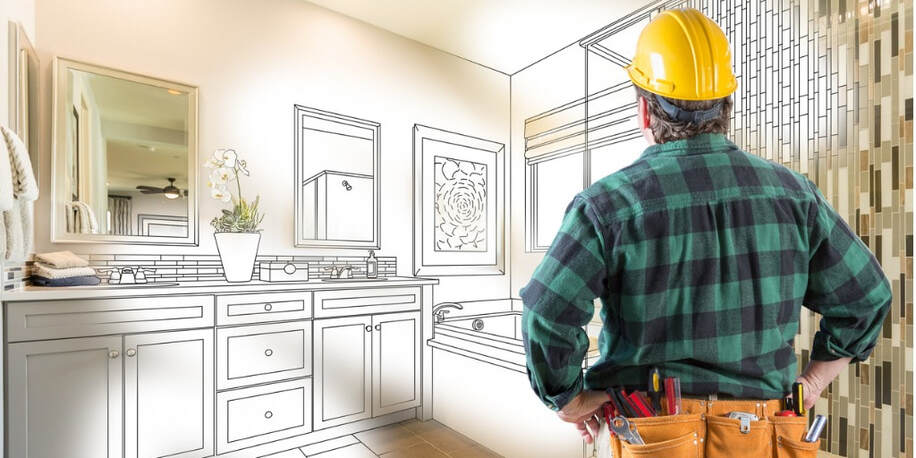If you have noticed, when the professional home inspectors come to assess the roof, they take a pair of binoculars and look at the roof. Well, it is not that they are in a hurry but they are looking for holes, missing shingles, damaged plumbing vents and skylights. Only after that do they come inside and look for other signs of trouble, such as water spots, leaks and note other details that they noticed from the ground.
However, if you see some water spots or damage on the ceiling, that does not mean your roof leaks or has a hole. Due to gravitational effects, some water may have seeped in and it winds its way down the roof deck and gets into the back of the ceiling. Just to ensure that your roof is not leaking, start the way professional roofing inspectors behave. Pick a pair of binoculars and start hunting for clues, locate the trouble spots and then head to the attic.
However, if you find that there is a leak somewhere, but you are not able to find the reason behind it, hire professional roofers. There may be many instances when the roof leaks and the causes are varied. Here are some of the reasons roof starts to leak:
Skylights: Although natural light is welcome, skylights are one of the sources of leaks into the interiors of the house. Evidence of water close to the downhill of the skylight is a sure sign that water is seeping in, which can lead to a host of problems such as mildew, moss and fungi growth, apart from causing damage to the roof.
Plumbing: Though construction workers and builders know that putting a pipe through the roof is inviting trouble, they understand that leaks can happen and even patching it up with a rubber plug does not suffice. But it is imperative and just has to be done. Most common pipes that are put through the roof include plumbing vent pipes, attic vents, and flues for exhaust and ventilation fan ducts. Most common sources of leaks include cracked rubber plugs, corroded metal flashing around the flues and pipes.
Chimney: If you think it is possible to seal every crack between the brick wall and the roofing, think again. The chimney stack creates a hole on the roof and is one of the most probable places to check for collection of water. The collected water trickles inside causing leaks and related damage.
Flashing: A thin strip of metal that is used to cover the seam on the roof is called a flashing. Oftentimes, the leaks start when there the flashing is corroded or damaged. At the points of penetration of the vents and flues, flashing is present. Next time check these when you suspect a leak.
If you are worried about the extent of roof leak damages, it is time to call in the professional to give a proper assessment about the damage, so that you can ask the insurance company to pay for the repairs. Professional roofing company will be able to help you get the roof leak repaired.


